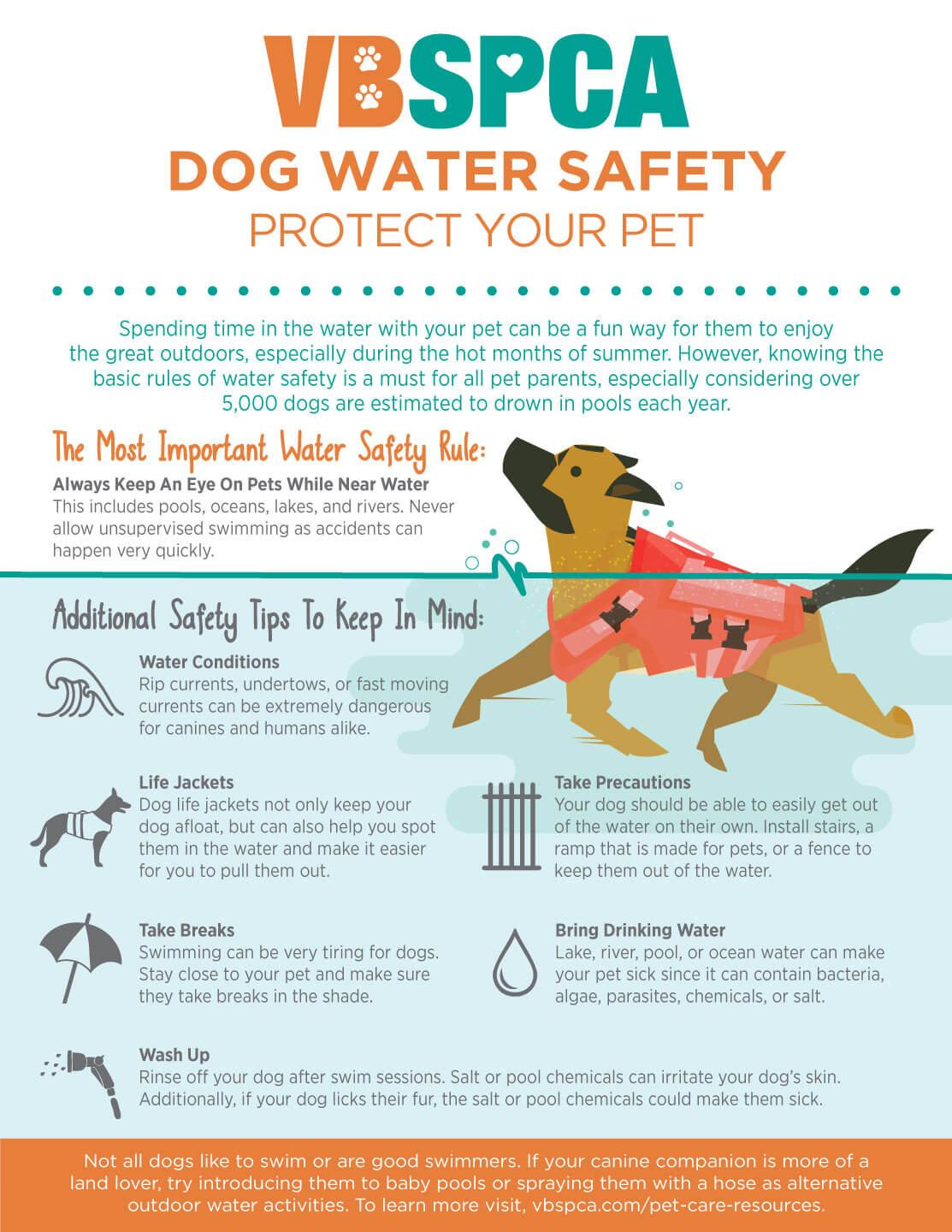Taking your dog for a walk is one of the simplest joys of being a pet owner. It’s a time for bonding, exercise, and exploration. However, ensuring your furry friend’s safety during these outings is paramount. Whether you’re navigating busy city streets or strolling through serene parks, being mindful of potential hazards can make all the difference. In this guide, we’ll explore practical tips and strategies to keep your dog safe, healthy, and happy on every walk. With a little preparation and awareness, you can transform your daily walks into safe adventures for both you and your canine companion.
Choosing the Right Leash and Harness for Maximum Safety
When it comes to selecting the perfect leash and harness, consider your dog’s size, strength, and temperament. A well-fitted harness is essential for distributing pressure evenly across your dog’s body, preventing strain on the neck and spine. Look for adjustable options to ensure a snug fit without restricting movement. For smaller breeds or those prone to pulling, a front-clip harness can offer more control and reduce pulling behavior. Meanwhile, larger or more energetic dogs might benefit from a no-pull harness that gently discourages tugging.
- Material Matters: Opt for durable materials like nylon or leather for longevity.
- Reflective Features: Consider leashes and harnesses with reflective strips for added visibility during nighttime walks.
- Comfort Padding: Look for padded options to enhance comfort, especially for longer walks.
- Easy Clips: Ensure the harness and leash have sturdy, easy-to-use clips for quick attachment and detachment.

Understanding Your Dogs Behavior to Prevent Hazards
Recognizing your dog’s behavior is crucial in ensuring a safe and enjoyable walk. Dogs communicate through body language, and being attuned to these signals can help prevent potential hazards. Observe your dog’s tail position, ear movements, and overall posture. A wagging tail might not always mean happiness; it can also indicate anxiety or excitement. Ears pinned back can signal fear or aggression, while a relaxed stance typically shows your dog is at ease.
- Understand Triggers: Identify what makes your dog nervous or aggressive, such as other dogs, loud noises, or cyclists.
- Practice Commands: Basic commands like “sit,” “stay,” and “leave it” can be lifesavers during unexpected situations.
- Positive Reinforcement: Reward good behavior with treats or praise to encourage calm and obedient conduct.
By closely observing and understanding these cues, you can anticipate your dog’s reactions and guide them safely through potentially hazardous situations. Developing this awareness not only strengthens your bond but also ensures that your walks are safe and pleasant for both of you.

Staying Alert and Aware of Your Surroundings
Walking your dog is a cherished daily ritual, but it’s important to remain vigilant to ensure their safety. Being mindful of your surroundings can prevent unexpected incidents. Here are some key points to consider:
- Watch for Traffic: Always keep an eye on vehicles, especially when crossing streets. Even quiet neighborhoods can have sudden traffic surprises.
- Observe Other Dogs: Not all dogs are friendly. Pay attention to body language and be ready to steer your pup away from any potential altercations.
- Stay Aware of People: Some individuals may not be comfortable around dogs. Respect their space and ensure your dog is not jumping on or approaching strangers without consent.
- Check the Environment: Be on the lookout for hazards like broken glass, sharp objects, or toxic substances on the ground.
By being alert, you not only protect your furry friend but also enhance the quality of your walks, turning them into safe and enjoyable adventures.

Tips for Safe Walks in Different Weather Conditions
Ensuring your furry friend is safe during walks means adjusting to the ever-changing weather conditions. In hot weather, aim for early morning or late evening walks to avoid the peak heat. Always carry water for both you and your dog, and consider walking on grass instead of asphalt to protect those sensitive paws. Cold weather requires a different approach. Make sure your dog is well-equipped with a coat if they have short fur or are particularly sensitive to cold. Watch out for icy patches and salted roads, which can irritate your dog’s paws. Regularly check their paws for any signs of discomfort.
- Rainy days: Ensure your dog is visible with a reflective harness or leash, and be cautious of slippery surfaces.
- Windy conditions: Secure any loose items like hats or scarves, and be mindful of flying debris that could startle your dog.
- Foggy weather: Keep your dog close and use a leash to prevent them from wandering off or getting lost.

